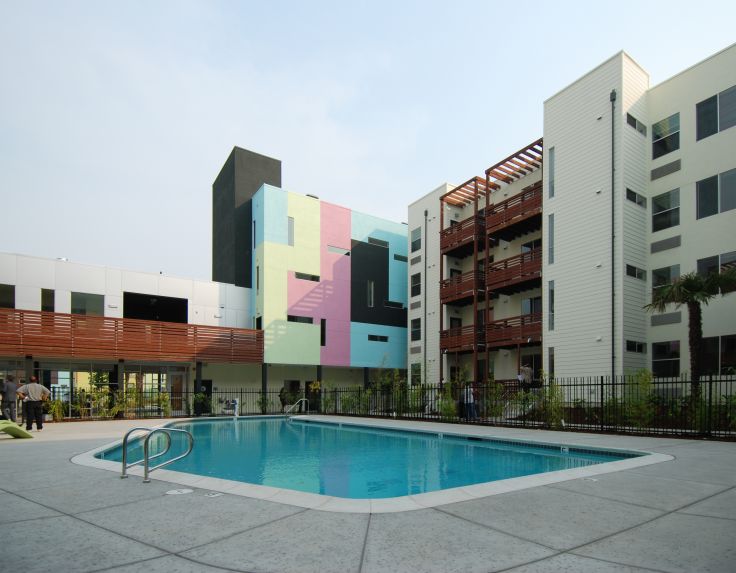By the Time Frazer Joined Up
At one point, base price was targeted as low as — you guessed it — $666. Canaday had never liked it, and he liked it even less when the prototype was hit by a train during a trial run, killing the wife of the test driver. Somewhere along the way, the 6/66 became the Model 6-70, as shown on a set of general specifications dated April 17, 1945. It was the same car, however, How to Price Jewelry to Sell – here https://bangkok.thaibounty.com/2021/10/03/bangkok-and-thai-economic-development-aspects-f-change-1820-1970/ – – i thought about this – and that was the problem.
 Standard transmission was the usual three-speed manual with column shift, but optional overdrive was planned along with an automatic transmission of undisclosed (or, more likely, undecided) design. Stevens doodled numerous trim variations. The 6/66 progressed to a single running prototype, a two-door sedan that looked for all the world like a shrunken mid-1940s Hudson. Designer Stevens, then working as a consultant, also penned a convertible version with a fashionable blind-quarter cabriolet top, but it went no further than his drawing board. Front-end workouts followed a common theme of a trim die-cast grille beneath a “coffin nose” hood reminiscent of the late, great Cord 810/812. Many of Stevens’ renderings, as well as factory photographs of the lone prototype, showed “1947” license plates, suggesting that was the planned introductory model year.
Standard transmission was the usual three-speed manual with column shift, but optional overdrive was planned along with an automatic transmission of undisclosed (or, more likely, undecided) design. Stevens doodled numerous trim variations. The 6/66 progressed to a single running prototype, a two-door sedan that looked for all the world like a shrunken mid-1940s Hudson. Designer Stevens, then working as a consultant, also penned a convertible version with a fashionable blind-quarter cabriolet top, but it went no further than his drawing board. Front-end workouts followed a common theme of a trim die-cast grille beneath a “coffin nose” hood reminiscent of the late, great Cord 810/812. Many of Stevens’ renderings, as well as factory photographs of the lone prototype, showed “1947” license plates, suggesting that was the planned introductory model year.
By the time Frazer joined up, the original funny-looking Willys 77 had become a more mature compact with “Slip-stream” design, a nicer interior, and an improved engine. Joe set about making it even better. By the eve of Pearl Harbor, Toledo was selling the patriotically named Americar with attractive Ford-like styling and prices well under $1,000. Unfortunately, it didn’t sell very many. But Frazer gave Willys a far bigger shot in the financial arm when he almost singlehandedly landed a contract for building the Army’s new general-purpose vehicle, the Jeep.
Joe stuck to his guns, but Canaday also stuck to his, so Frazer left in mid-1944 for Graham-Paige and his short-lived alliance with Henry John Kaiser. Of course, that was hardly tragic, even though the Willys name vanished completely by 1970. After all, Toledo has never stopped building Jeeps, and some people still think of them as Willys products — not a bad fate for a defunct nameplate. Besides, civilian Jeep business quickly proved to be highly profitable, and Willys was able to offer a far better car by waiting until 1952. Regrettably, its worthy new Aero-Willys sold well only in 1952 and was gone within three years, leaving Toledo to rely once more on Jeeps alone. In retrospect, Willys was wise not to pursue a compact in 1947. Demand for small cars, however cheap, was very thin in those days, and the 6/66 would have looked somewhat dated.
By that time, the firm stood to profit in another way from a vast reservoir of GI affection for the rugged little “Willeeze” Jeep, whose heroic wartime exploits were already the stuff of legends. Joe wanted to pick up where the Americar left off with a wartime prototype called “6/66,” which aimed at a light, roomy, and thrifty low-priced car in the same popular mold as Studebaker’s 1939 Champion. But though it looked fresh in a handsome new Brooks Stevens suit, the 6/66 owed much to the old Americar. Continuing this newfound success in the postwar world was the heart of the dispute between Frazer and Canaday.


